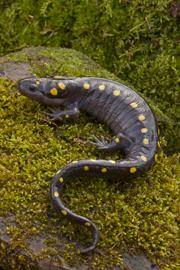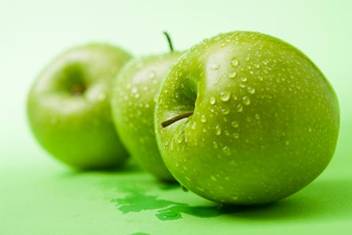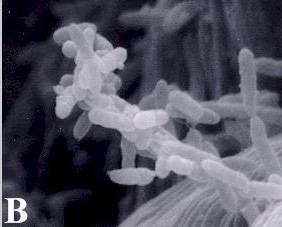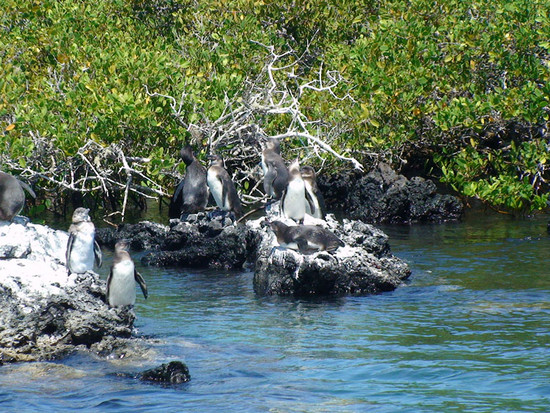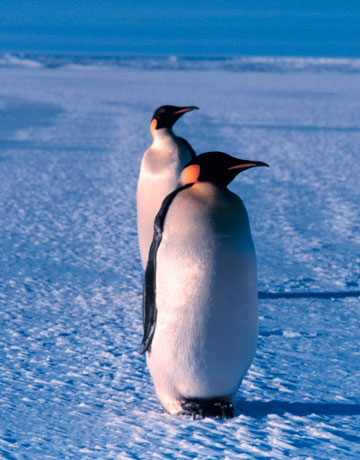
Print the PDF version (no pictures, better printing)
Remember:
Use a #2 pencil to fill in the information on your NCS answer sheet. Put your O-Key Account Username in the boxes indicated for LAST NAME and darken the appropriate circles. Write your Name (Last, First) and “Star” in the space above the boxes containing your O-Key Account Username. Darken the (S) in the last column of the name circles. Enter the number 1032 and darken the corresponding circles in the first 4 columns of the “Student ID.” Failure to perform this correctly will incur a -10pt handling fee. Read all questions and answers carefully before choosing the single BEST response for each question. Feel free to ask the instructor for clarification.
A research group led by James Tumlinson studies how plants defend themselves against herbivores such as moth caterpillars. One of their recent research projects began after an observation that moths (of the species, Heliothis virescens) will not lay eggs on tobacco plant leaves already damaged by caterpillars. Since these eggs would become caterpillars, this may prevent further damage to the plant. Their initial hypothesis was that the damaged leaves repel moths, potentially due to the release of a chemical. For their first experiment, they obtained 40 tobacco plants of the same size and split them into two groups of 20. In the first group, caterpillars were released and allowed to cause damage on some of the leaves (damaged leaves group) and in the second group the researchers touched the leaves of the plants as if they were releasing caterpillars, but none of the leaves were actually damaged (undamaged leaves group). This approach allowed for the release of the potentially repelling chemical in the damaged leaves group but also left many undamaged leaves in case the moths prefer to lay eggs on undamaged leaves. To measure repellency of egg-laying moths, the same number of female moths was allowed access to both groups and the number of leaves that that had eggs on them after three days was recorded for both groups. Their results are shown on the figure below.
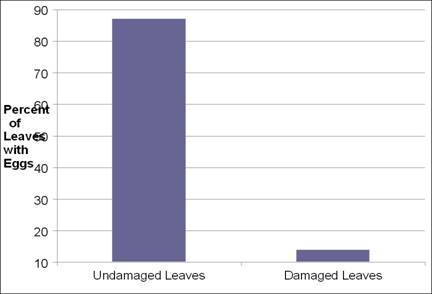
Reference: De Moraes, C. M., Mescher, M. C., and Tumlinson, J. H. Caterpillar-induced nocturnal plant volatiles repel conspecific females. Nature. 410: 577-580. 2001.
We've been taught since grade-school that animals don’t photosynthesize, yet a news headline coming out of a scientific conference this summer proclaimed discovery of a “Solar Salamander!” Dr. Ryan Kerney presented his observations of a symbiotic relationship between a photosynthetic algae species, Oophila amblystomatis, and the spotted salamander, Ambystoma maculatum. Symbiosis refers to two different species living in intimate association with each other, where at least one benefits from the relationship. Other biologists had previously seen the algae in salamander eggs. What Dr. Kerney found was that during development of salamander embryos, some algae migrate into salamander skin tissue, where they set up shop and photosynthesize. Moreover, the salamander cells surrounding the algae appear to use the oxygen and glucose the algae produce. In addition to harboring the algae, spotted salamander skin also contains glands that secrete a toxic substance when the salamander is threatened.
![]() Ethanol (the type of alcohol we can drink) is one of the most abused drugs in the U.S. today. In addition to disrupted muscular coordination, human behavior patterns are often altered after excessive ethanol intake. Ethanol begins to exert its adverse effects when it keeps open the potassium ion (K+) channels (gates) within the axon’s membrane. This prevents those gates from closing on time during action potential propagation.
Ethanol (the type of alcohol we can drink) is one of the most abused drugs in the U.S. today. In addition to disrupted muscular coordination, human behavior patterns are often altered after excessive ethanol intake. Ethanol begins to exert its adverse effects when it keeps open the potassium ion (K+) channels (gates) within the axon’s membrane. This prevents those gates from closing on time during action potential propagation.
Fermentation often occurs in rotting fruits, such as apples. Your yard contains trees that produce Granny Smith apples and others that produce crab apples (about half the size of Granny Smith apples).
Galapagos penguin: Emperor Penguin:

